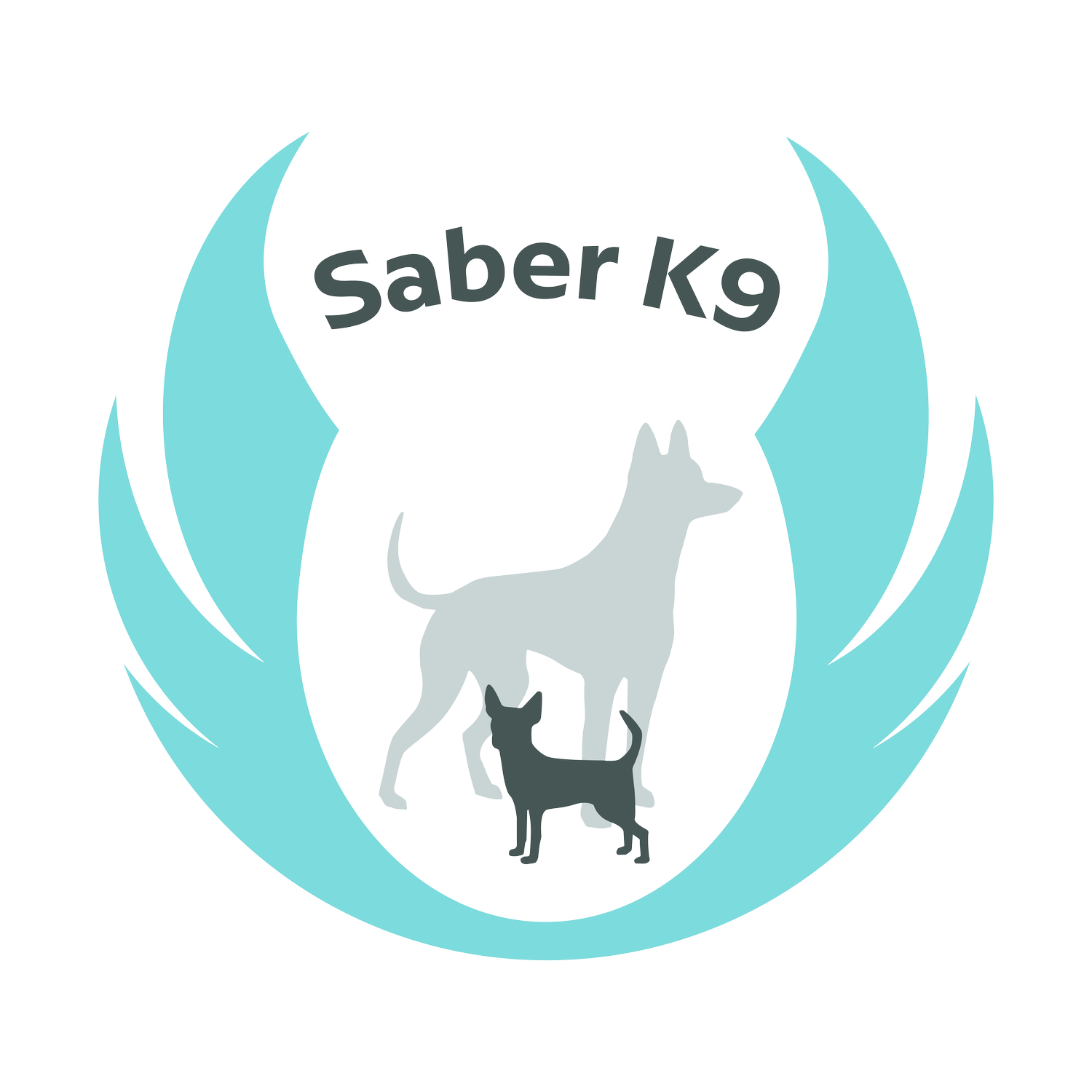Understanding Markers
Talk to your dog effectively!
Do you want to communicate efficiently with your dog?
You don’t need “easy buttons” to be able to talk with your dog, all you need are markers. These easy tools can tell your dog when they are done with command, when they are correct but should hold a position, and when they are wrong and should try something different.
Terminal Marker
To let a dog know they have completed a command and are free to return to the handler for a reward we use a terminal marker. I use “yes” but any short word will suffice as long as you are consistent. I start this communication directly after the dog has performed a command such as sit and I say “yes” then move backwards inviting the dog to break the position and come into me for the reward. It is not the goal to be able to only communicate with the dog while they are mere inches from me but being able to do so when they are across a field and have a clear understanding of the information I am giving them.
Continuation Marker
I personally do not use “stay”, if I asked for a command I want the dog to hold it indefinitely until I give the terminal marker. However the dog will need a bridge or may become confused as to why they are not being rewarded for doing a known command or break the command due to thinking you have lost interest in them.
To bridge the command to the terminal marker I use “good” to mark when the dog is correct and I want them to continue the command. The difference between continuation and terminal markers is the location of the food. With “good” I walk to the dog and reward them in the position they are in. I start close to the dog and then build distance later when they have a firm understanding of the command.
Negative Marker
To be balanced in training the dog needs to know what they have done wrong so that they can try to do more right in the future. I use the sound “un-uh” to mark when a dog knows the command and is choosing to ignore it. This marker precedes an appropriate correction to reduce this behavior in the future. If the dog does not know or have a good understanding of the command then you can use a punishment marker as they will be less likely to try anything in the future.
I have used another negative marker with “nope” to let a dog know that was not the desired behavior and they should try again. Sometimes when a dog is in “drive” they turn off their listening ears and just throw behaviors at the wall to see what sticks. I don't want to discipline the joy out of training early in the session so sometimes letting them figure it out is the better course of action.
Do you feel ready to communicate with your dog? Reach out with questions and drop into a class!

